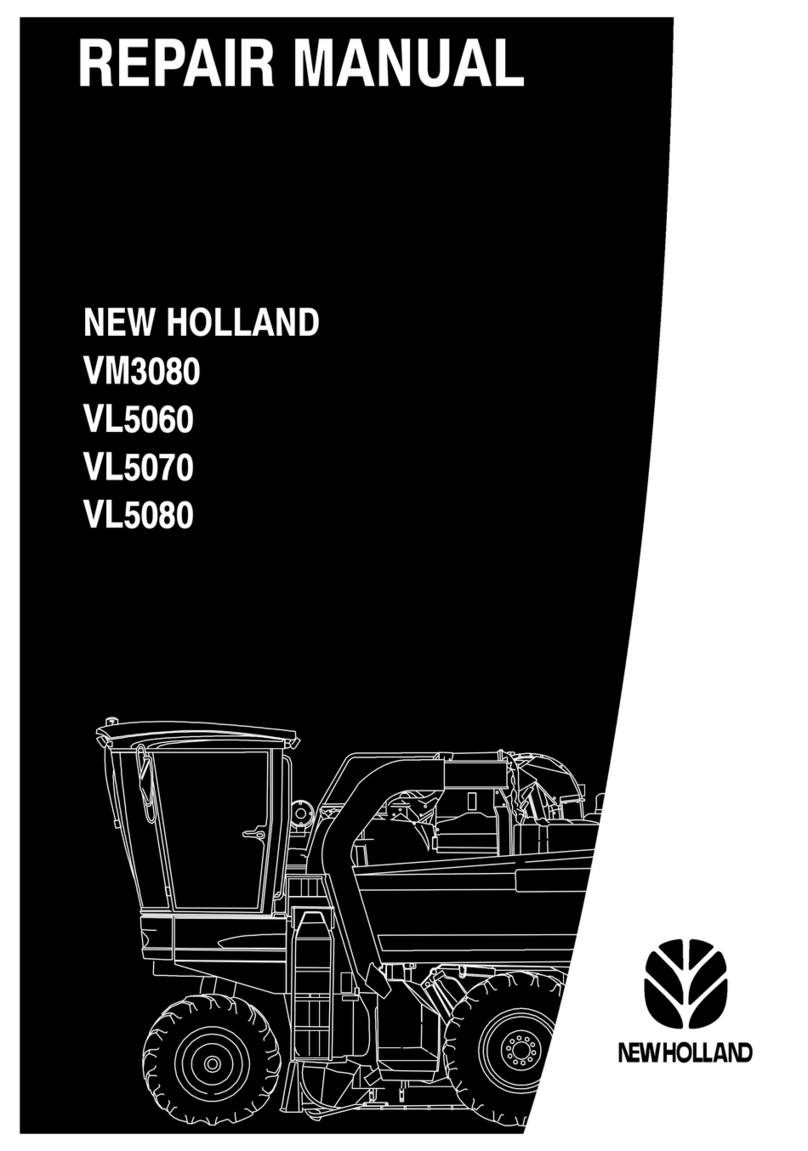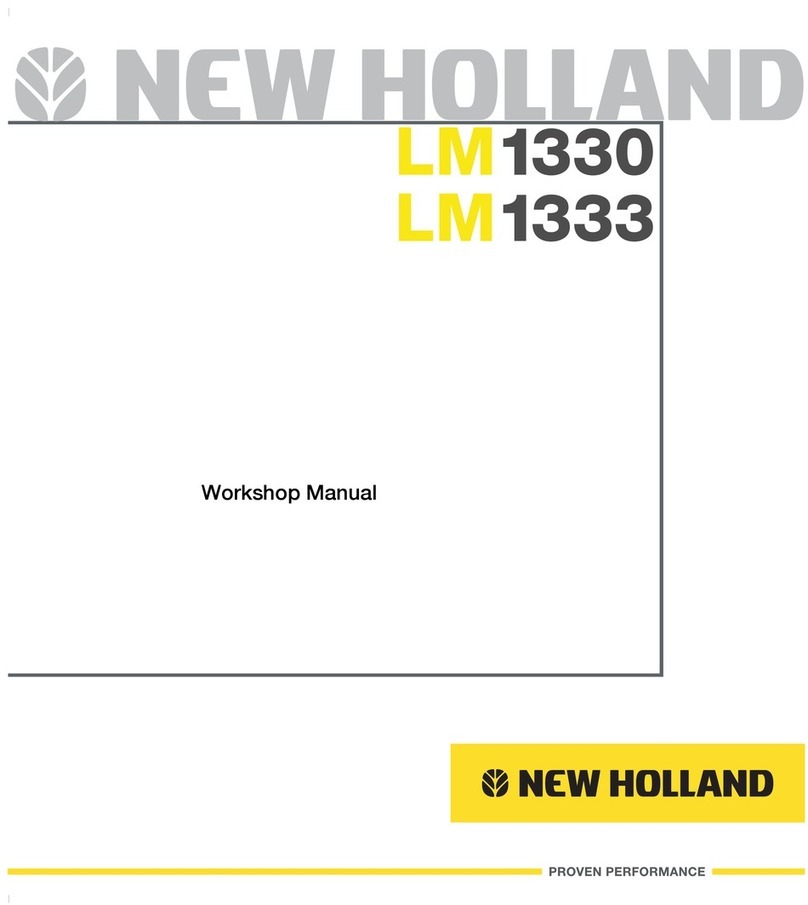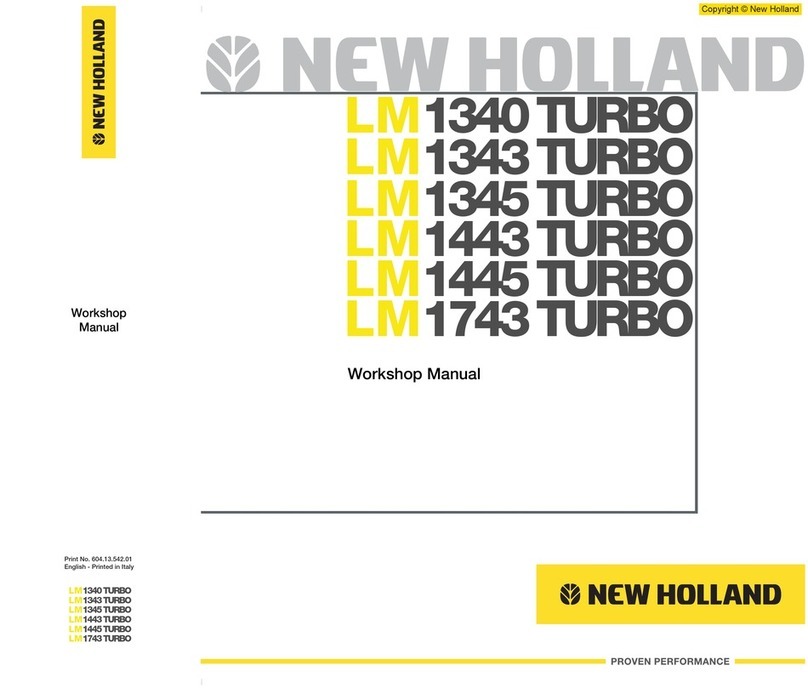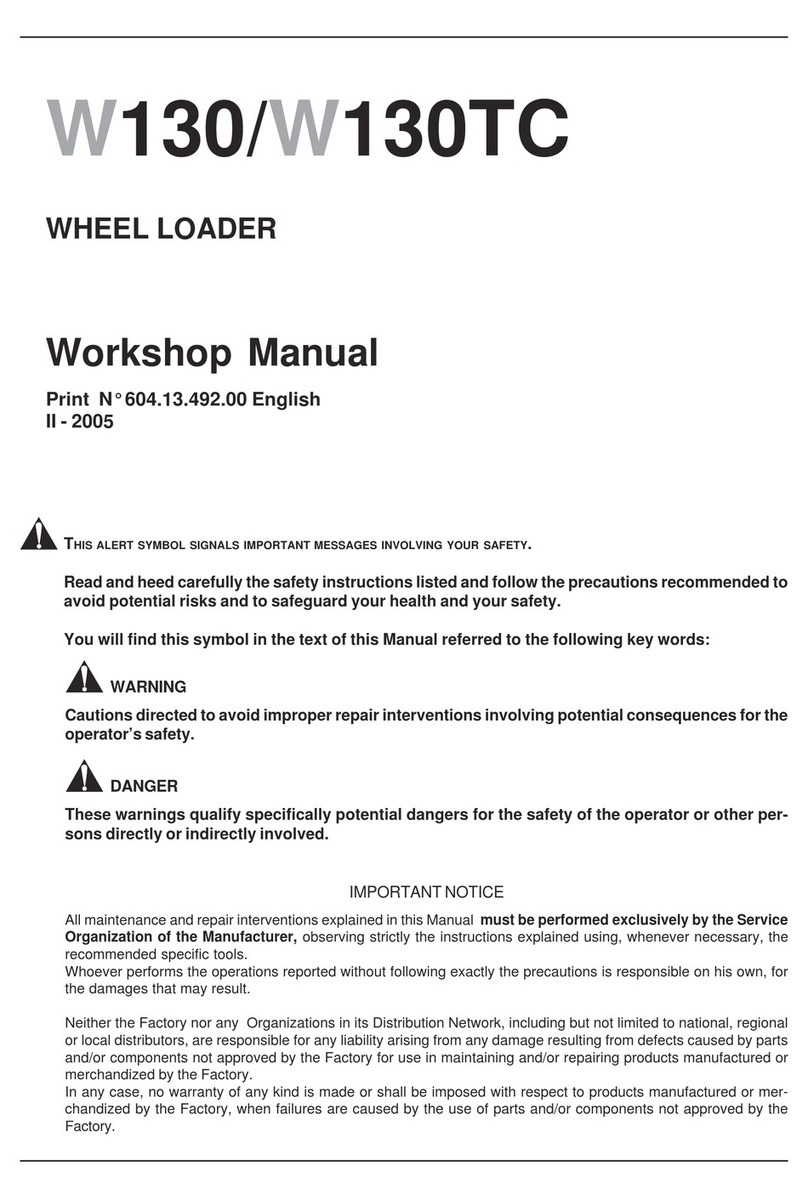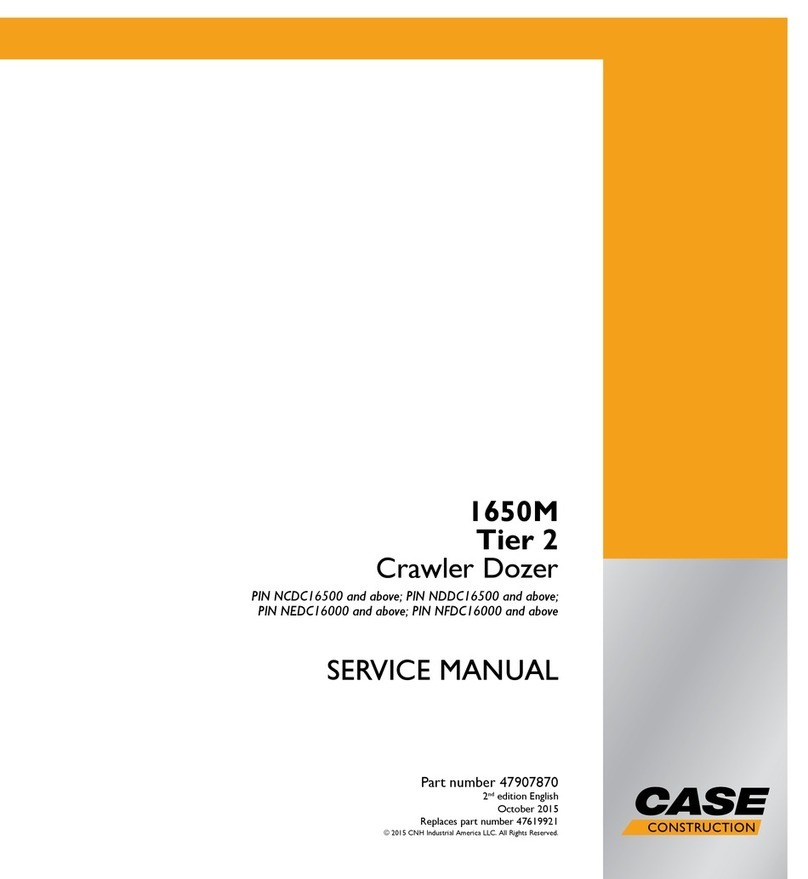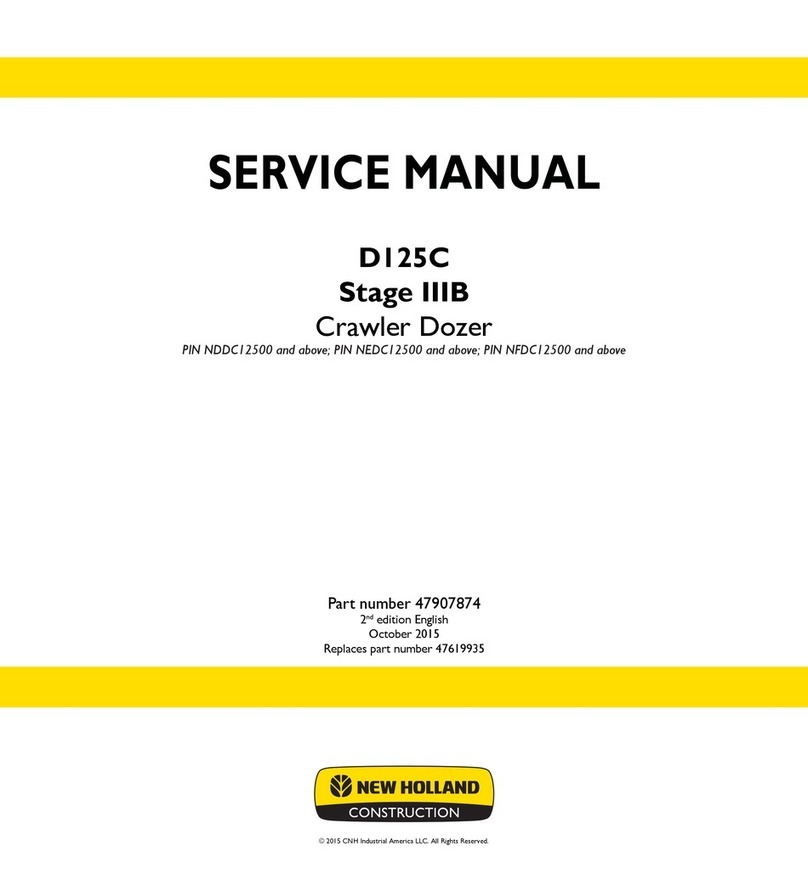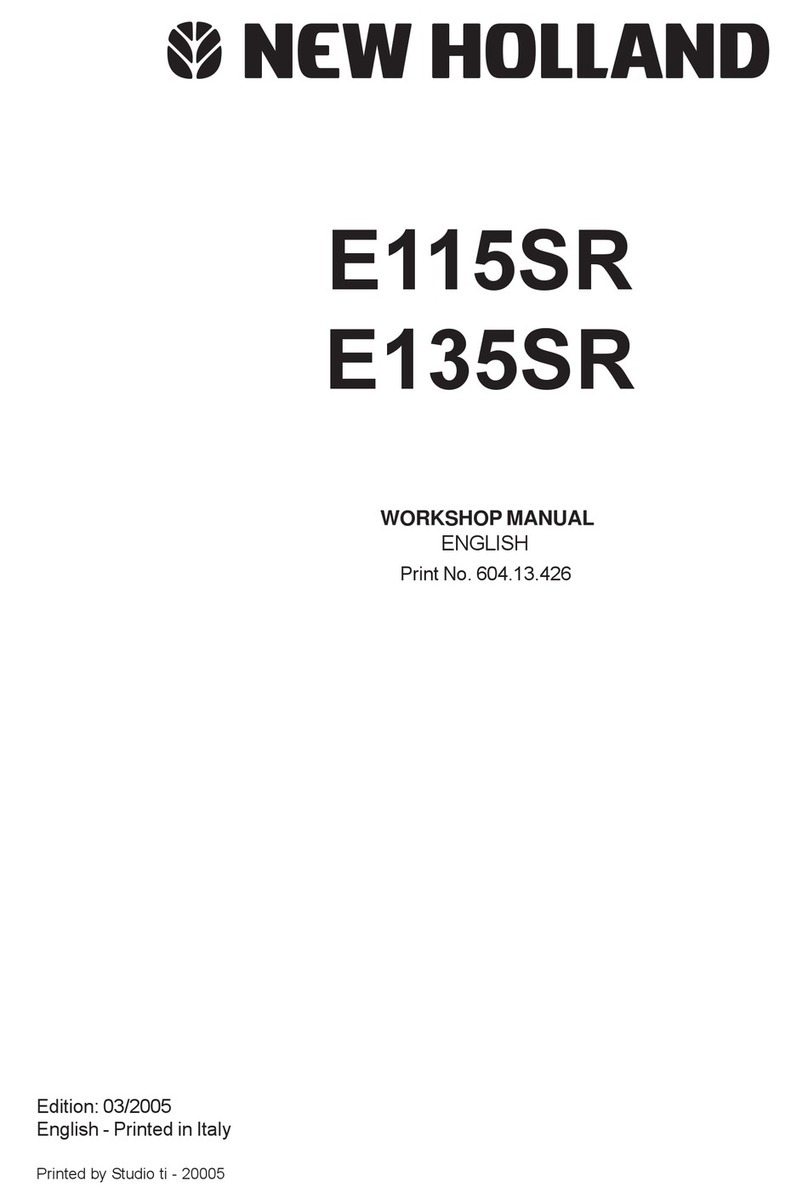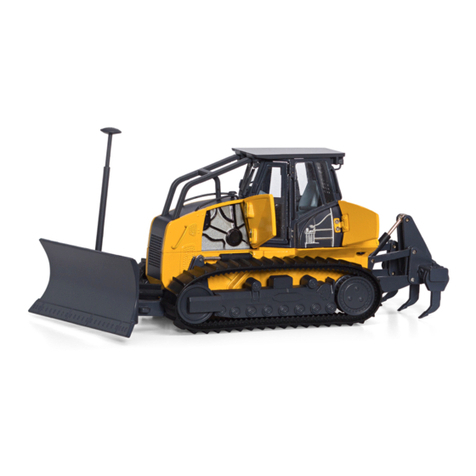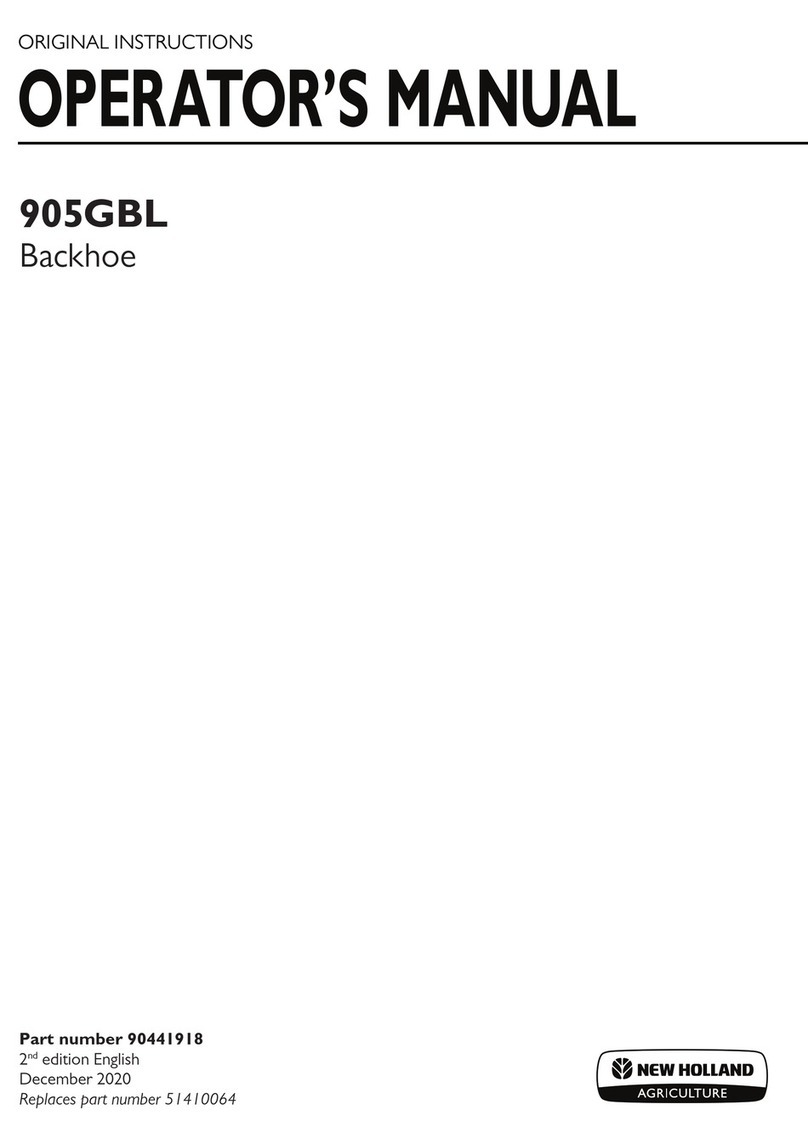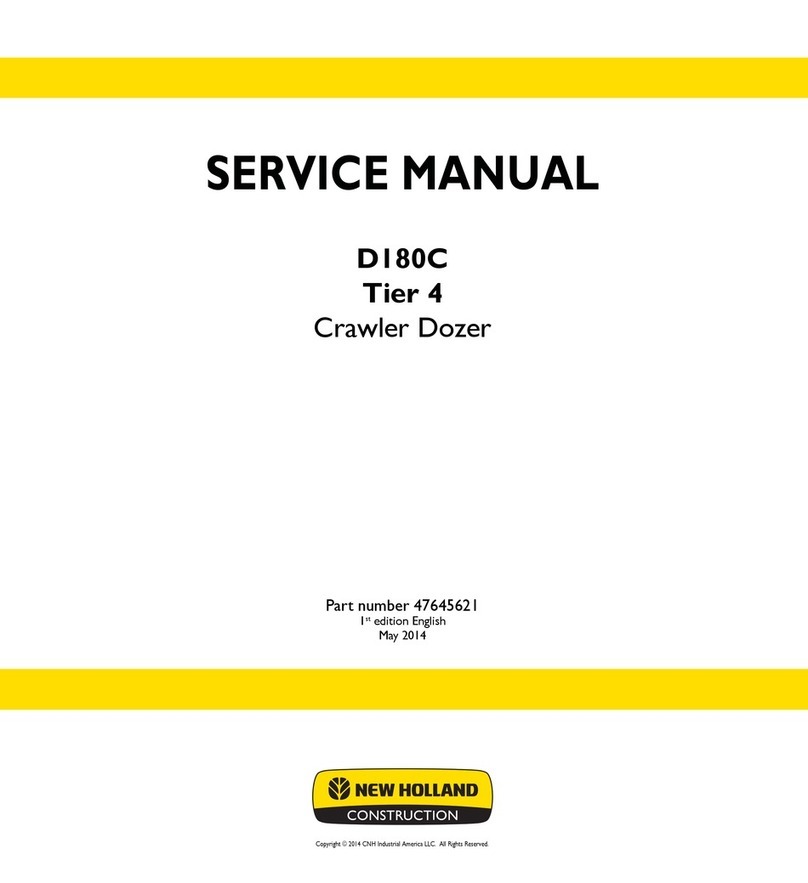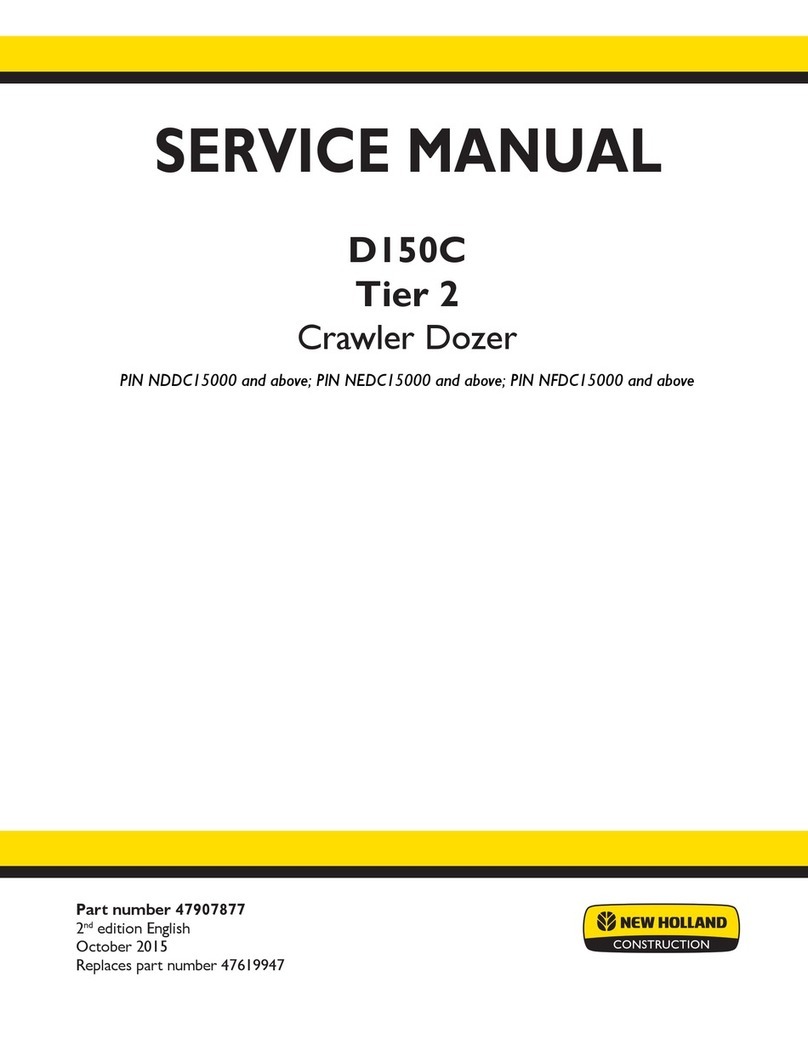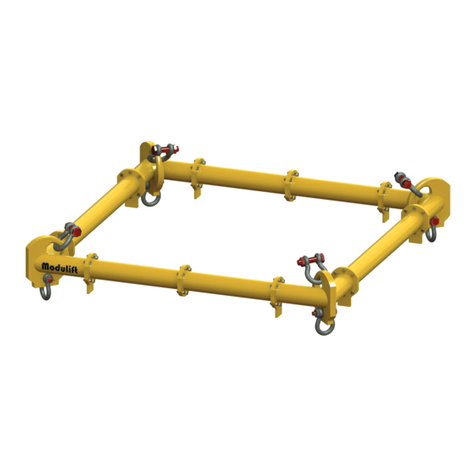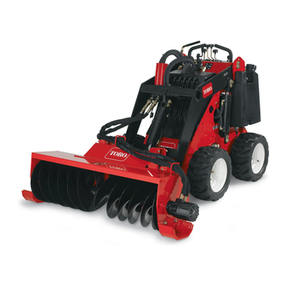
F156.6 / F156.6A INTRODUCTION IN - 1
Carefully read personal and machine SAFETY INSTRUCTIONS (at the beginning of this manual)
FOR THE READER
This Workshop Manual is written for the Repair-
Technician. It provides important information on
how to perform skilful repairs.
We recommend to consult the Workshop Manual
and also the Motor-Grader Operation and Mainte-
nance Instruction Manual before initiating any repair-
work operation. Utilize the Workshop Manual as
well as the Operation and Maintenance Instruc-
tion Manual and the Parts Catalog as a prompt-
book and adviser, even if the Motor-Grader tech-
nique is become familiar.
By means of the Workshop Manual the expert tech-
nician will be able to carry out a skilful repair-work
operation.
USE
The Workshop Manual refers to the initial Machine
configuration. Structural changes or rebuilding oper-
ations are not described in this Handbook.
In this Workshop Manual the following information
can be found:
- Safety Instructions;
- Technical Data and Special Tools;
- Functional Description;
- Performance Testing;
- Troubleshooting and Failure Correction;
- Repair Instructions.
In the Section Safety Instructions the recom-
mended procedures are described, so that through
the relevant compliance with, a risk of accident for
the User and for the personnel responsible of the
maintenance operations on the machine can be
avoided.
In the Section Technical Data the Service Data, the
change tables and lists of the needed Special Tools
and Maintenance materials are indicated.
In other Sections, for each mechanical group, when
available can be found:
- a functional description with information con-
cerning the operation of the essential devices and
equipments;
- information for carrying out the performance tests
on the machine;
- troubleshooting, information concerning the rec-
ognition and correction of failures on the machine,
- technical information necessary for carrying out
the Service and Repair operations on the Machine,
the equipment necessary for the maintenance op-
erations, the information concerning the Stand-
ards to be applied in the Maintenance operations,
the Procedures for the Removal and Installation
operations as well as for Disassembly and As-
sembly operations.
By means of the index contents a desired information
can be easily achieved.
For a better understanding the illustration of the part
will be displayed.
Therefore differences in arrangement of the Grader
are possible, whenever the latter involves the uni-
vocal capability of the information.
REPAIR OPERATIONS
Carry out the necessary repair works as soon as pos-
sible. This procedure will avoid the maintenance
costs while increasing the availability of your Motor-
Grader.
Pay always attention during all works to the Work-
shop Manual warnings and cautions and to the Op-
eration and Maintenance Instruction Manual.
The Service Assistance will gladly carry out for you
the works not described in the Workshop Manual.
Always utilize the Original Spare Parts only.
FURTHER INFORMATION MATERIAL
Please notice the supplementary information con-
sulting the following Handbooks:
-Operation and Maintenance Instruction
Manual;
-Parts Catalog.
Find manuals at https://best-manuals.com

